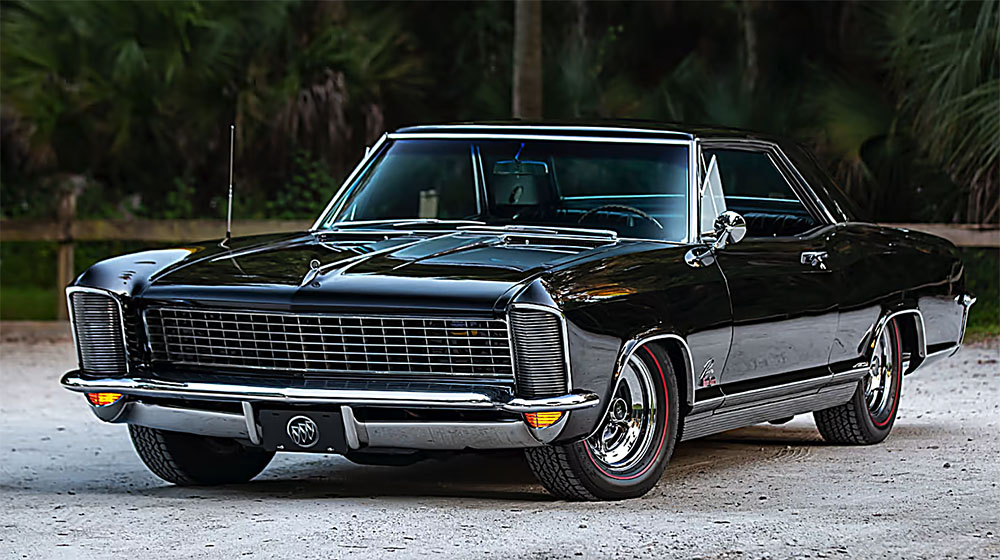"There's a Great Future in Plastics"
Posted by D. Brian Smith on Jun 25th 2024
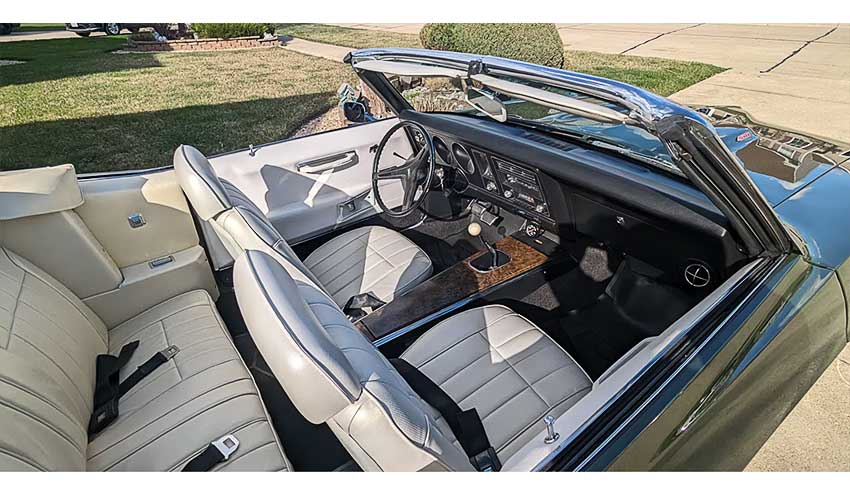 Plastics have long been a staple in vehicle claddings, playing a crucial role in enhancing fuel efficiency by lightening vehicles and combatting corrosion caused by salt and water exposure on metal surfaces. While the automotive industry has relied on plastics for both exterior and interior components for years, a shift towards bioplastics and polymers has emerged among manufacturers to reduce their carbon footprint and embrace sustainability. Let's delve into the evolution of plastic vehicle cladding and the growing utilization of plastics in automotive design throughout the last century.
Plastics have long been a staple in vehicle claddings, playing a crucial role in enhancing fuel efficiency by lightening vehicles and combatting corrosion caused by salt and water exposure on metal surfaces. While the automotive industry has relied on plastics for both exterior and interior components for years, a shift towards bioplastics and polymers has emerged among manufacturers to reduce their carbon footprint and embrace sustainability. Let's delve into the evolution of plastic vehicle cladding and the growing utilization of plastics in automotive design throughout the last century.
Below: The 1969 Firebird 400 convertible sports a four-speed manual transmission backing its 400-cubic inch V8 engine. She also has white vinyl upholstery, as shown in the lead photo. Most photos courtesy of Mecum Auctions.
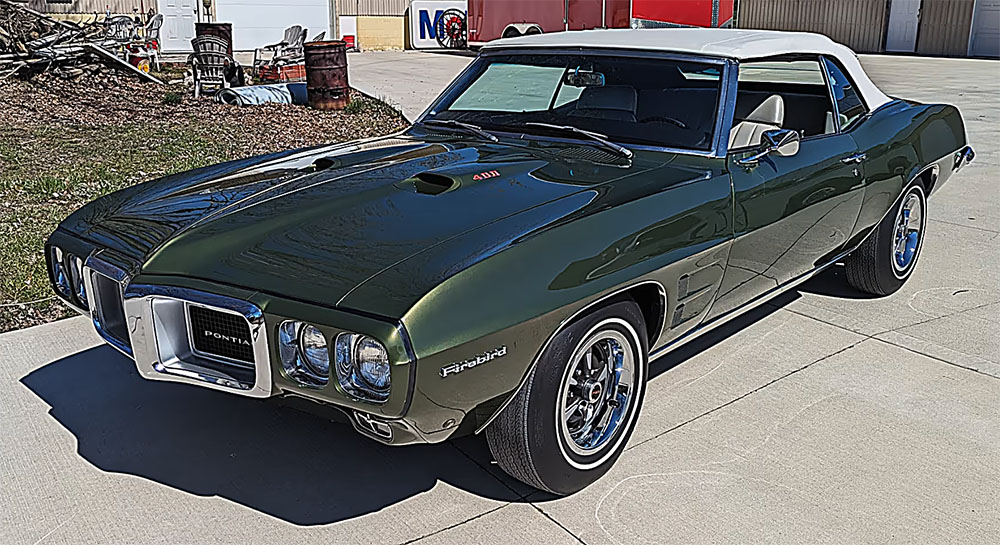

The History of Plastics Use in Vehicle Cladding
The widespread use of plastic components in modern vehicles, from exterior body panels to internal mechanics and interiors, can be attributed in part to the breakthrough invention of synthetic plastic by Leo Baekeland in 1907. Marketed as Bakelite, this lightweight, durable, non-conductive, and heat-resistant material was hailed as a game-changer in small parts manufacturing. Its introduction into the automotive industry saw Bakelite being utilized in instrument panels, control surfaces, and various components under the hood, thanks to its exceptional heat resistance and non-conductive properties.
Bioplastics
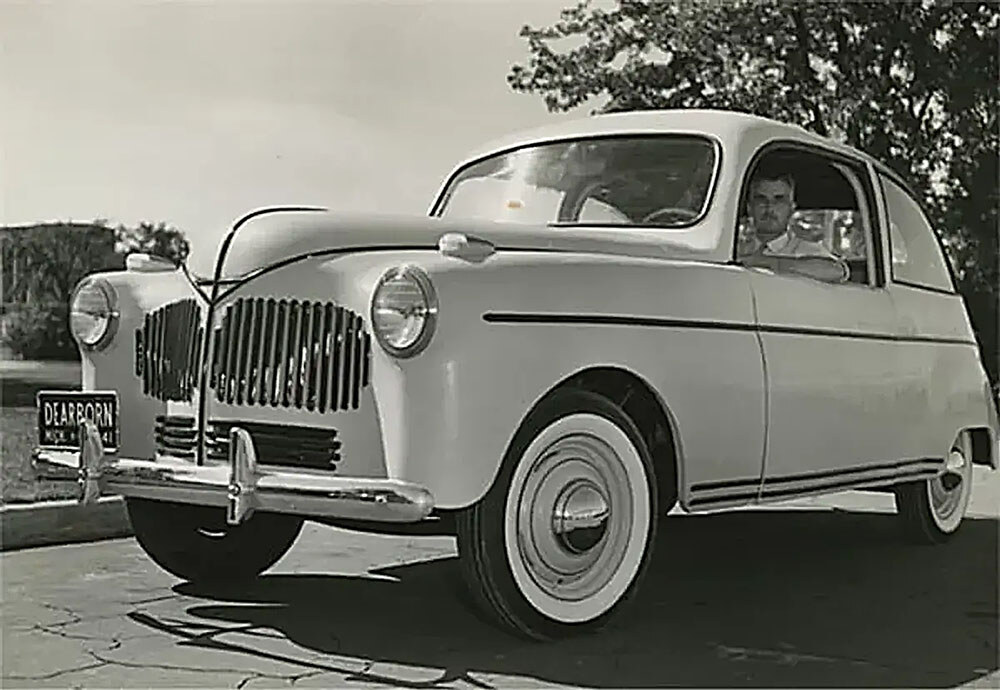
Above: Image courtesy of The Henry Ford Museum of American Innovation.
In an effort to bridge the gap between agriculture and automotive industries during the aftermath of the Great Depression, Henry Ford embarked on a mission to support the struggling farming sector. In 1941, the Ford Motor Company unveiled the pioneering concept of a car body crafted from soybean bioplastics. However, the onset of World War II led to the suspension of production, causing this innovative endeavor to fade into obscurity amidst post-war recovery efforts.
Fast forward to the turn of the millennium, Ford initiated trials on polymers derived from renewable fibers, paving the way for a wave of eco-conscious practices within the automotive realm. Numerous car manufacturers, inspired by this sustainable approach, have since embraced the use of plant-based materials in their production processes. Mazda, for instance, incorporates plastics sourced from plant origins to reduce reliance on petroleum and diminish their carbon footprint.
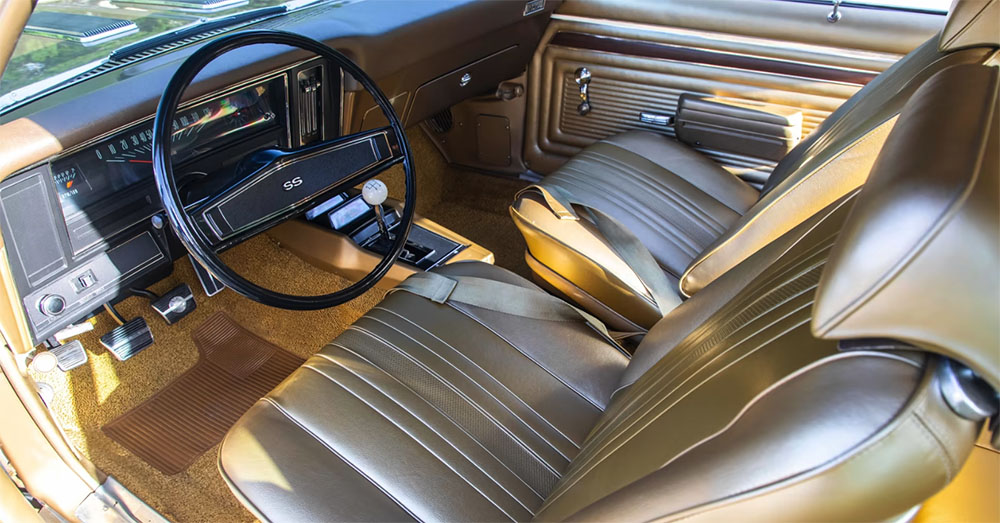
Above: 1970 Nova SS interior
Additionally, industry leaders like Toyota have spearheaded the adoption of bioplastics such as sugar-cane derived PET and PLA, setting a precedent for sustainable innovation. Mitsubishi's development of BioMat, a bioplastic derived from bio-succinic acid, has revolutionized the creation of auto parts like console inserts, interior door panels, and air ducts. The automotive landscape is witnessing a transition towards biodegradable and renewable materials, exemplified by the use of bamboo and corn-based Bio-PE in Lexus's CT200h.
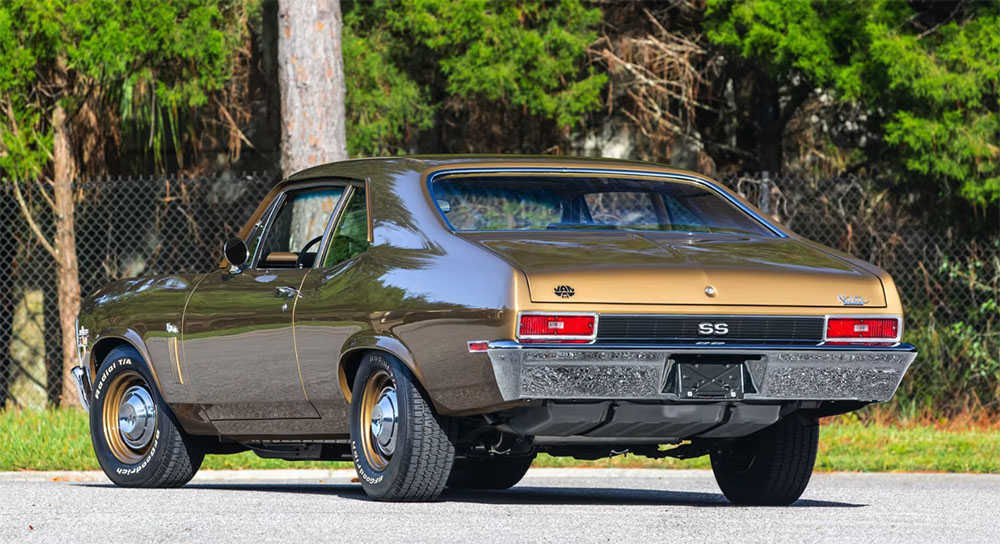
Above: The very same 1970 Nova SS396
Furthermore, the integration of soya-derived polyurethanes and castor-oil derived polyamides by Fiat, as well as Mercedes-Benz's utilization of bio-PE from flax, underscore the industry's commitment to eco-friendly practices. Brands like BMW have embraced wood-based composites to reduce weight and enhance sustainability, while Porsche's innovative approach involves crafting car bodies from hemp composites. This collective shift towards bio-based materials reflects a progressive mindset aimed at fostering a greener future for automotive manufacturing.
5 Benefits of Plastic Versus Metal in Car Parts
Even though plastics were used in automobile manufacturing before WW2, by the 1950s, most cars still relied solely on steel. However, as the decades passed, plastics gained favor for their cost-effectiveness, lighter weight, and improved safety in accidents compared to all-steel frames.
Fuel Efficiency: With their reduced weight, incorporating plastics into vehicle design enhances fuel efficiency and reduces overall emissions. Today, plastics make up almost half of a vehicle's volume but only 10 percent of its weight.
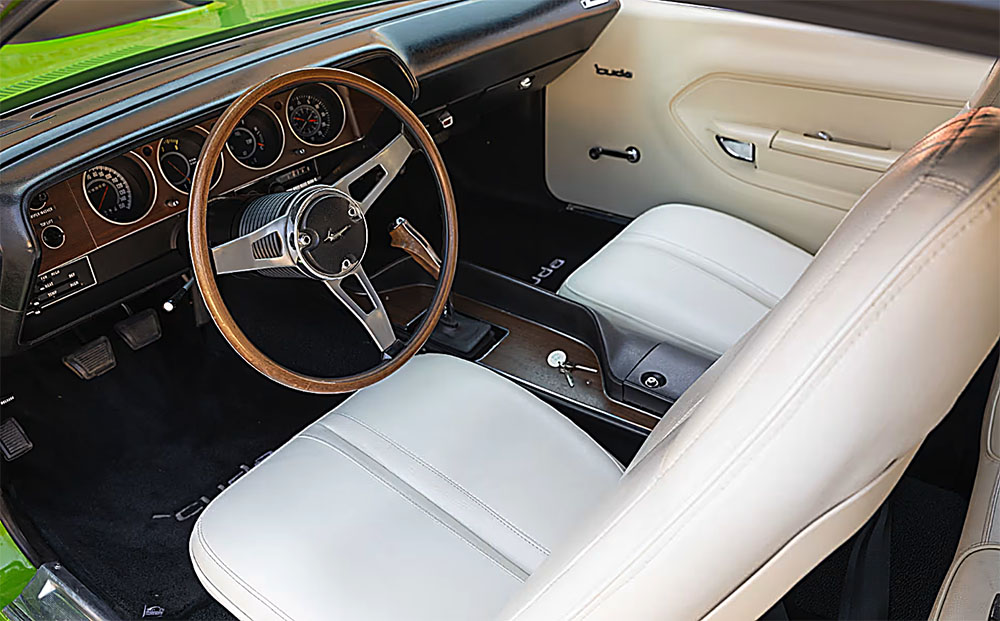
Above: The interior of a one-of-two produced 1971 Plymouth 'Cuda convertible with a 340-cubic inch V8 engine, four-speed manual transmission, and it's superb color combination of lime green over white.
Innovation & Design: Utilizing external plastic vehicle cladding allows car designers to explore creative concepts that may not be achievable with metal. The use of plastics also cuts down on production and manufacturing costs, translating those savings to the consumer. Additionally, when it comes to minor damages like scrapes and dents, repairing or replacing a plastic bumper or car door cladding is much simpler than dealing with rust-prone metal.
Sustainability: Beyond the fuel efficiency benefits that reduce emissions, auto manufacturers are now developing new renewable plastics for vehicle design, leading to increased energy savings and improved car performance. Many car manufacturers are already incorporating recycled plastic into various applications such as seat cushions, bumpers, guards, and liners.
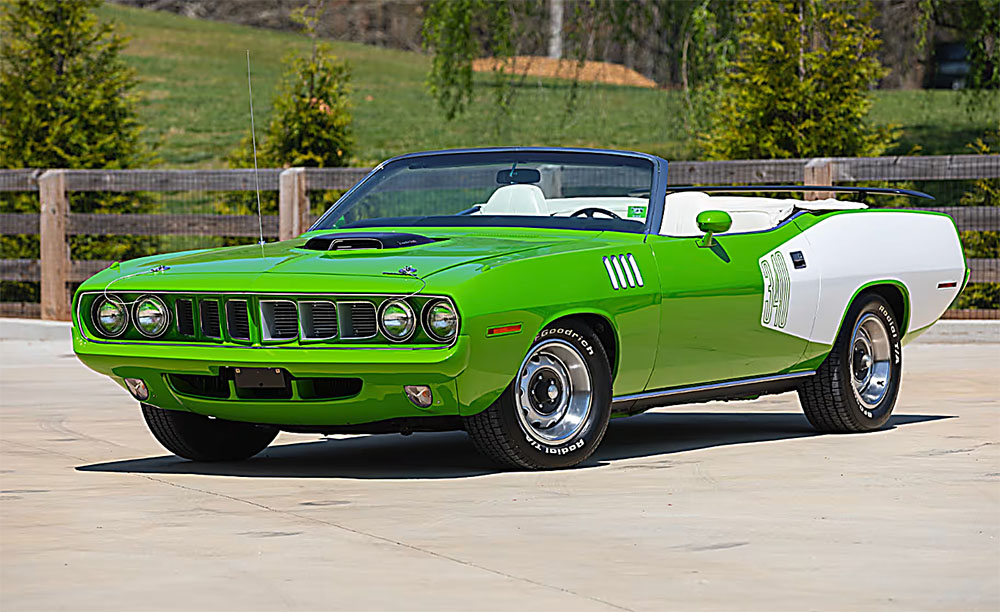
Above: Here's an overall view of that rare aforementioned 1971 'Cuda.
Safety: The safety features in your car, like airbags and seatbelts, are crafted from durable polyester. In the event of an accident, these polymer-based safety components and exterior elements like car door cladding and bumpers can withstand impacts better than metal, often resulting in a more favorable outcome for both you and your vehicle.
Weather Resistance: Constant exposure to weather can take a toll on your vehicle, prompting the use of synthetic coatings on metal surfaces to prevent corrosion from salt, extreme heat, and water exposure. Even glass windshields are coated with a plastic film to enhance weather resistance, durability, and reduce the risk of shattering. Under the hood, car parts are either coated or entirely made from plastics like polyurethane, which offer heat resistance, abrasion resistance, and flexibility.
Parts Unlimited Interiors Uses Various Materials for American Muscle Car Interior Items - Including Plastic

Above: Sumptuous and classy are two words to describe the 1965 Buick Riviera's navy blue upholstery. The 1965 Riviera is jet black over navy blue - stunning.
You'll find an abundance of American muscle car interior components manufactured out of the same sort of materials that the American auto manufacturers used, including plastic, on the PUI website. Regardless of what American muscle car you have in your garage, there's a great chance that Parts Unlimited Interiors can help you with those interior items.
